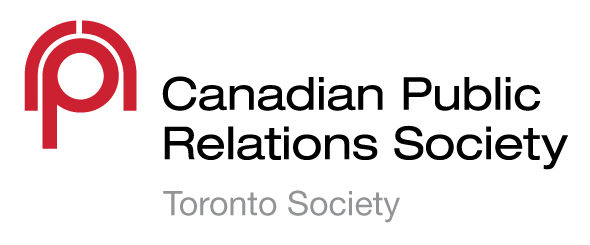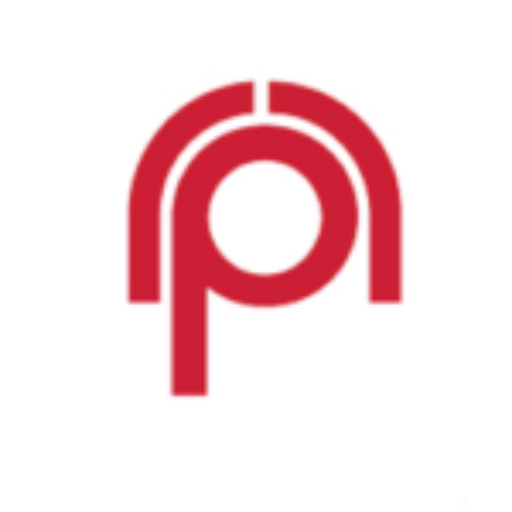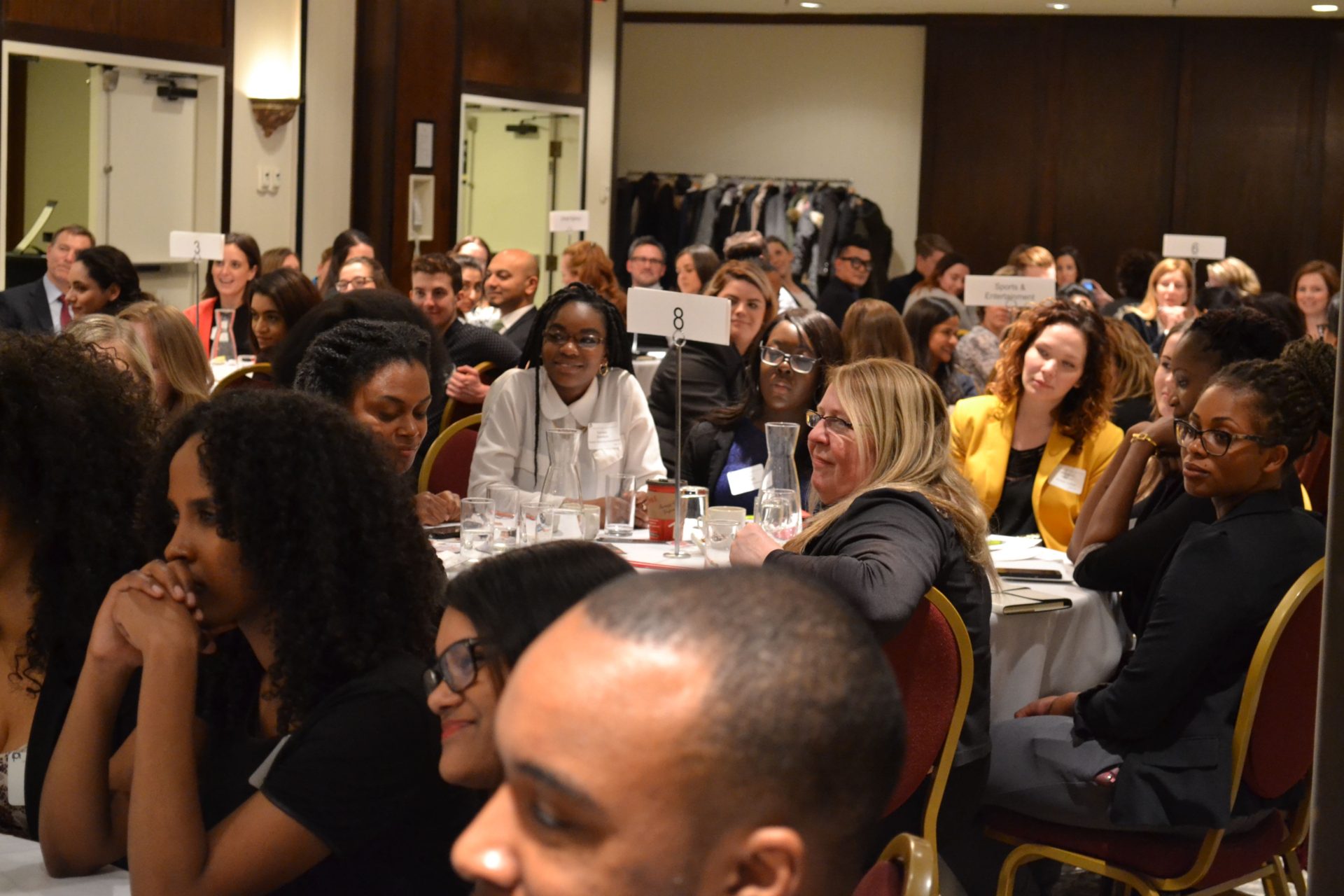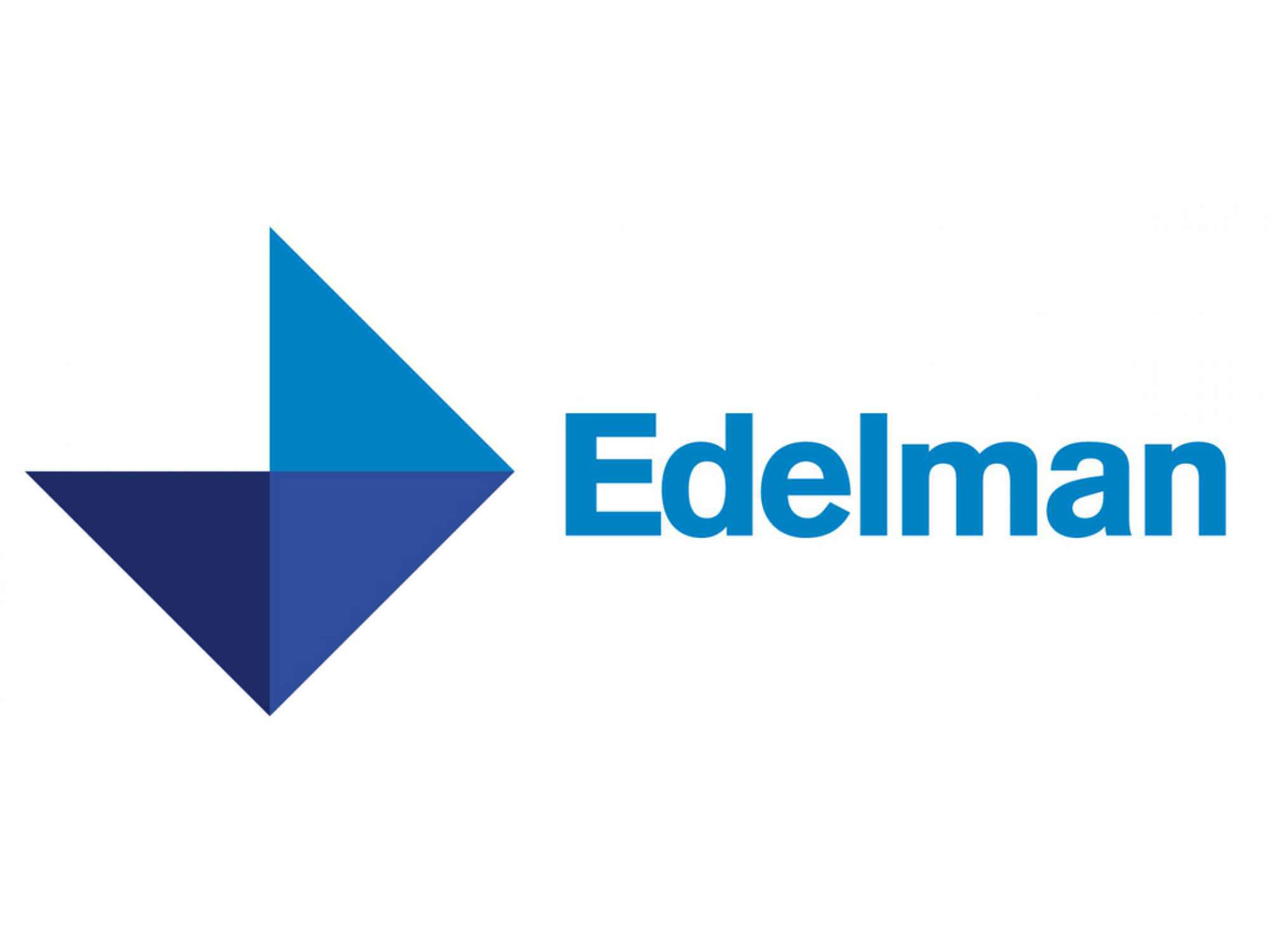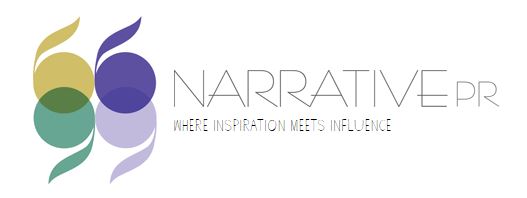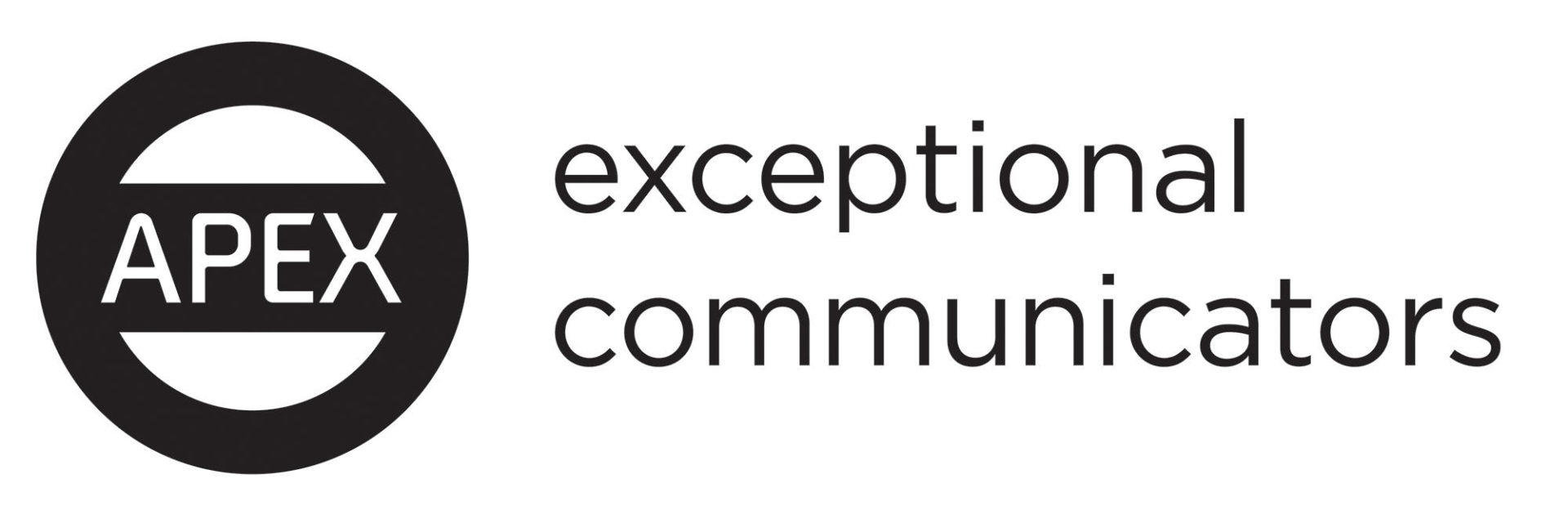TORONTO – December 15, 2017 – To think of 2018 and what that means for the PR profession can be exciting and frightening. No matter what side of PR you work on, the landscape has been changing at a rapid pace with no end in sight.
At the final Canadian Public Relations Society (CPRS) – Toronto Chapter event of the year on December 4, a panel of CPRS members and thought leaders explored communication trends to watch for 2018. The panel included:
- Ian Ross, APR, director of communications, Ontario Ministry of Advanced Education and Skills Development (moderator)
- Tracey Bochner, co-founder and president, Paradigm
- Bruce MacLellan, founder and CEO, Environics Communications
- Lauren More, vice-president of communications, Ford Motor Company Canada
The discussion focused on three key trends.
Trend 1: PR practitioners need a new set of skills.
Teams are being built in different ways to solve communications challenges and data is being used more to influence decisions. “This is a great opportunity for PR as it gives you a chance to expand and adapt your skills – like learning about data and metrics as they are becoming extremely important to PR,” said Bruce MacLellan.
Also, with artificial intelligence (AI) being harnessed to provide value to consumers – it will be used by approximately 80 per cent of chat bots in the US next year – engagement with clients and consumers will change. Although there’s a shift to AI, Lauren More believes “one thing that AI cannot do is tell a story that will tug at people’s heart strings and resonate beyond the noise.”
Trend 2: PR is becoming increasingly integrated.
PR campaigns are no longer focused solely on one channel. “When you get an RFP, it’s not the same [as it once was] – you have to include PR, digital, social and experiential marketing,” explained Tracey Bochner.
The panel discussed how it is a misconception that PR is merging into other areas like advertising and marketing. In reality, the practice of PR is expanding and growing into new areas. Clients, for example, no longer want to go to three different agencies for three different things – they want one agency for several services.
Trend 3: PR practitioners need to change how they develop content.
Resource crunches are affecting all companies – budgets are getting tighter and traditional media outlets are decreasing. This forces PR to be strategic in how it’s used to tell meaningful stories.
The panel agreed, more content is not always better. Effective campaigns can no longer rely solely on news releases and earned media efforts. They now require some aspect of paid media, which can include influencers to help further target key audiences.
This CPRS Toronto communications trends panel is the first annual (held at the end of every calendar year), hosted by the local chapters president(s) with panelists made up of thought-leading chapter members.
The Canadian Public Relations Society is a national professional organization focused on establishing and upholding educational and ethical standards in Public Relations. CPRS Toronto is one of the largest local societies with nearly 600 members. For more information, please visit: https://www.cprstoronto.com.
